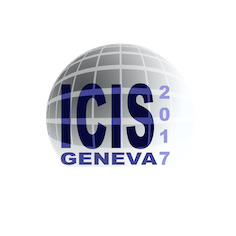Speaker
Description
A new type of laser ion source was developed to produce low charge state positive, negative, and cluster ions by constricting a plasma in a narrow cylindrical volume formed by the target ion material. The basic operation of the ion source involves the ablation of a spot within a cylindrical hollow target by a Q-switched laser. The focused laser strikes the inside surface of the target at a shallow angle with respect to the target axis to make the plasma expand in a slantwise direction. This makes the produced ions flow in a direction oblique to the target axis. Spatial distribution of the ion flow measured by a travelling Faraday cup showed asymmetry, and a proper optimization of the extraction system was found necessary to extract produced ions to form a beam.
An array of miniature Faraday cups designed to move along different axes is used as a position-sensitive detector for ions extracted from a dense laser-induced plasma constricted in a hollow cylinder target. The ion detection system should provide a better understanding of both plasma plume expansion and ion propagation from the narrow cylindrical volume under an electrostatic acceleration field. By changing the position of the Faraday cup array, space dependent time-of-flight signals are measured to determine ion species and currents at different points along the cross-sectional area in front of the target. A series of measurements by changing the position of the array can visualize a two-dimensional (2D) spatial distribution of ions propagating through the extraction system under different experimental parameters; optimal laser settings and Faraday cup array positions will be chosen, and target materials to be investigated will include graphite, aluminum, and copper. The streaming neutral gas injection scheme will be applied to the ion source system to study the effect onto cluster agglomeration process in plasma.




